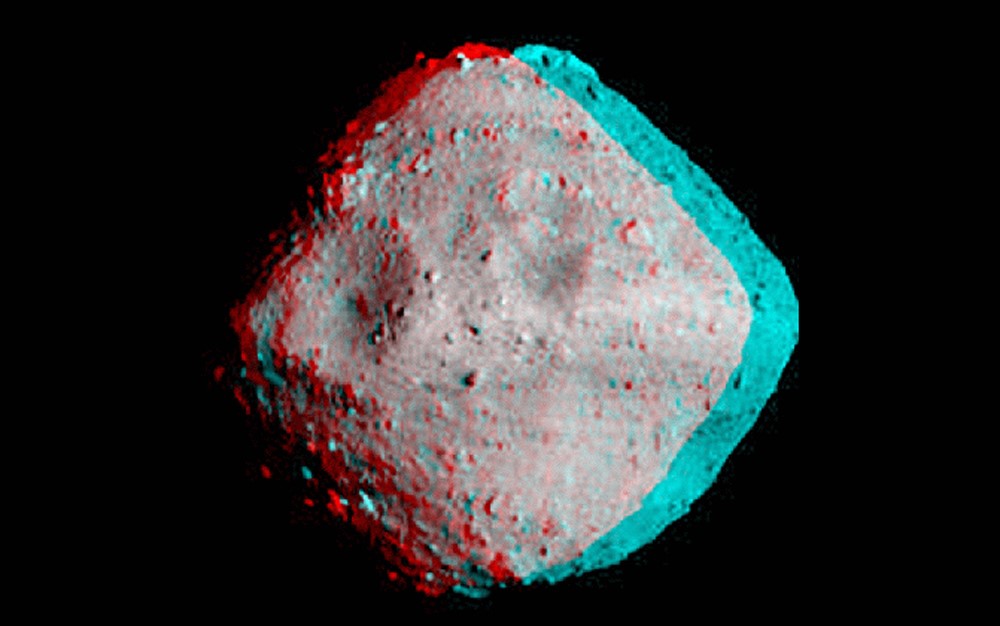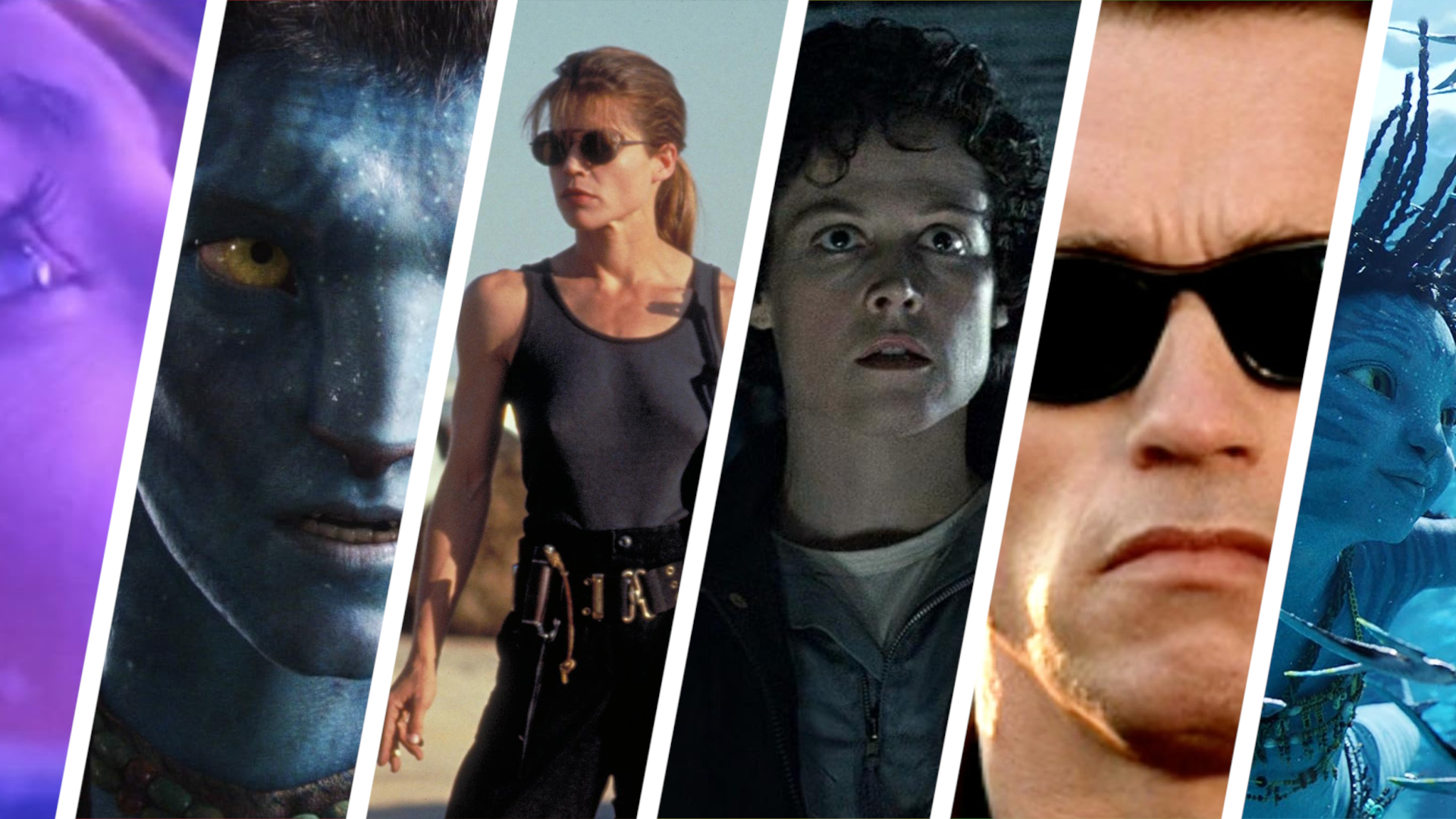Queen's Brian May Will Rock You with This Stereo Image of Asteroid Ryugu
Once a rock star has already conquered Earth, what's left but to bring his artistic interests to space?
Astrophysicist Brian May, who found fame as a guitarist and songwriter for the British rock band Queen, has done just that, putting his own unique touch on some of the most detailed images ever of an asteroid called Ryugu. He paired two photographs to create a stereo image, which creates the illusion of 3D.
"It's exactly what the doctor ordered because here we have a beautiful stereo image of Ryugu, the very first in history," May said in a video released by the Japanese space agency, which is running the mission. "Your jaws will drop."
May paused his doctorate in astronomy for a music career, and then went back to finish his degree three decades later. Scientifically, he's interested in how to protect Earth from the occasional errant asteroid, so he reached out to the team behind the mission to Ryugu to offer them his expertise in another long-standing interest: stereo imaging.
The images he used as a starting point were taken about 13 minutes apart by the Hayabusa2 mission, a Japanese spacecraft that just arrived at the asteroid and will eventually bring samples back to Earth. Before the spacecraft's final approach began in June, scientists had only the fuzziest images of the asteroid — even early in Hayabusa2's sequence of approach photographs, the asteroid is just a dozen pixels across.
That's in stark contrast to the vivid 3D view produced by May based on photographs taken late in June. Pairing the images stereoscopically makes the flat image of the asteroid pop into 3D.
"This was easy to do," May explains in the video. "The illumination is great; the angle is perfect."
Breaking space news, the latest updates on rocket launches, skywatching events and more!
The most straightforward way to see Ryugu in all its stereoscopic glory is to use a specially made viewer, which ensures that each eye sees only its half of the image pair. But some enthusiasts have lower-tech workarounds, such as crossing your eyes or cutting eye holes in a piece of cardboard, if you can't wait to track down the gear.
Hayabusa2's scientists aren't just focused on the asteroid's surface with its bumps and dips. The spacecraft also needs to create a detailed map of Ryugu's gravity in order to help it safely deposit its landers on the asteroid.
But chances are, that map won't be quite as cool to look at as May's stereo creation.
Email Meghan Bartels at mbartels@space.com or follow her @meghanbartels. Follow us @Spacedotcom, Facebook and Google+. Original article on Space.com.

Meghan is a senior writer at Space.com and has more than five years' experience as a science journalist based in New York City. She joined Space.com in July 2018, with previous writing published in outlets including Newsweek and Audubon. Meghan earned an MA in science journalism from New York University and a BA in classics from Georgetown University, and in her free time she enjoys reading and visiting museums. Follow her on Twitter at @meghanbartels.

